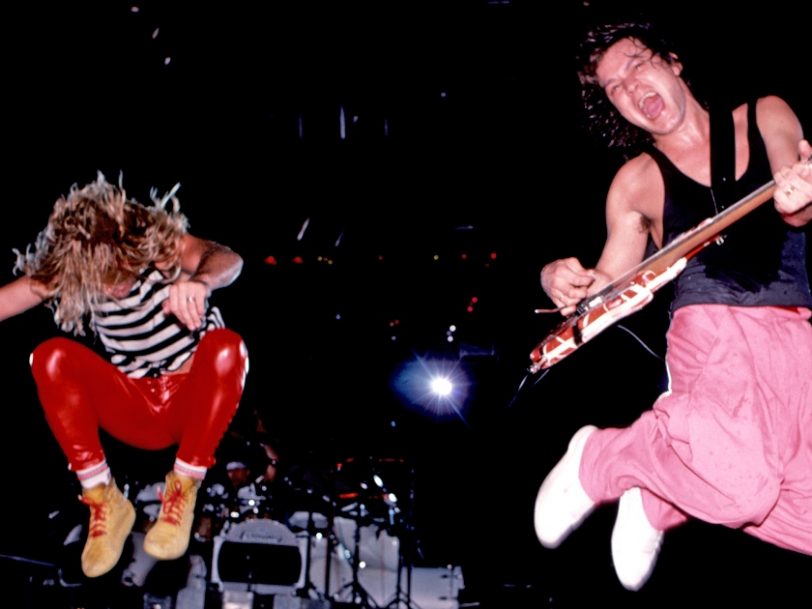Eddie Van Halen’s name demands inclusion among rock music’s best guitarists, yet, ironically, it was his lesser-celebrated keyboard skills which provided the bedrock for his band’s signature hit, Jump.
Released as the lead single from Van Halen’s multi-platinum sixth album, 1984, the song shot to No.1 on the Billboard Hot 100 and its runaway success skyrocketed the band to superstardom. However, Eddie had perfected Jump’s infectious keyboard riff as early as 1981, when his crew were recording their fourth album, Fair Warning.
Listen to the best of Van Halen here.
“Everything I touch blows up”
“I wrote it either before or during the sessions,” Eddie later told Classic Rock. “Not quite the way it’s on the record, but musically, it was – note for note – exactly the same.” Jump was, the guitarist recalled, written on “a Prophet 10 synth that blew up on me. It started smoking, you know – everything I touch blows up. The way I like sound is on the verge of dying.”
While the blueprint for Jump was initially shelved, it wasn’t forgotten. The song was dusted off during the 1984 sessions, during which Eddie was keen to make synthesisers more prominent in the band’s overall sound. In Neil Zlozower’s Van Halen: A Visual History 1978-1984, producer Ted Templeman recalled that much of the finished track came together in Eddie’s then newly constructed home studio in California.
“Engineer Don Landee and Ed put the track down alone in the middle of the night,” Templeman said. “We recut it in one take for sonic reasons. Dave [Lee Roth, singer] wrote the lyrics that afternoon on the backseat of his Mercury convertible.”




